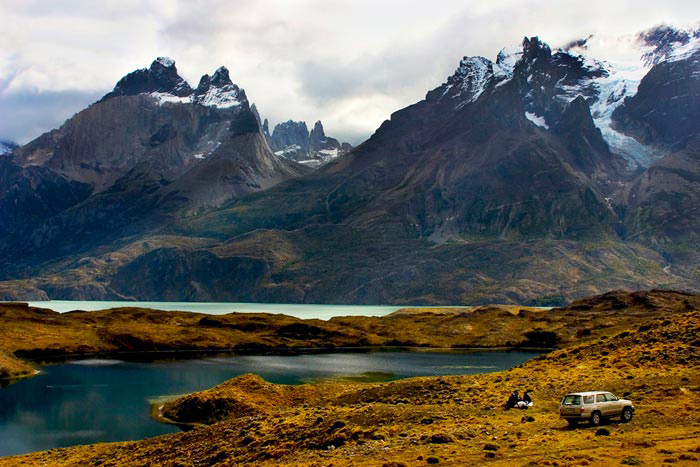
Torres del Paine, Argentina
Summer is almost here and with those deliciously warm months, many of us take off for a vacation, a long weekend or just a day out with our camera in hand. It may be to the countryside, the mountains or near the ocean. We search for a little bit of extra “elbow room” in which to wander and relax. We naturally try to capture a piece of the great outdoors to bring home with us. However, sometimes that just does not happen as we hope. Our landscapes seem flat and not at all as we remember them. Here are a few tips that could change that for you.
1. Always stop when you are attracted to a scene. Ask yourself what caught your eye. Was it an unusual formation in nature, a field of flowers or wandering stream? Take that first shot, but don’t stop there, take some extra time and walk around and explore. Look for other compositional angles or step further away or in closer. Sometimes just moving a couple of feet one way or another, climbing a rock or kneeling down can make all of the difference in the world.
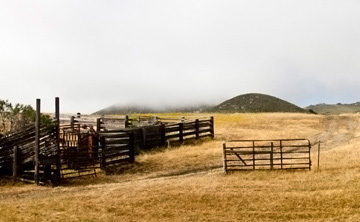
Near Los Osos, California
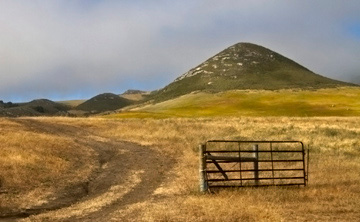
After that first image, see what else you can find.
2. Switch lenses. If you have extra lenses, switch then to see how the perspective changes. You may really improve your photos or find new ones by making this minor adjustment. If you don’t have more than one lens, just make the most of the one you have.
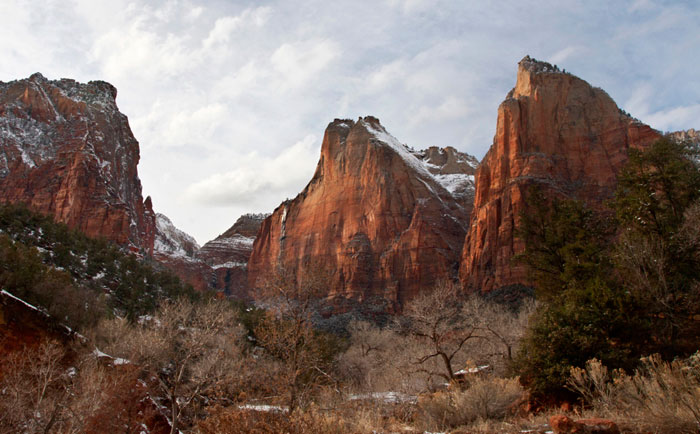
Zion National Park, Utah
3. When you are looking at a scene, try to include a real focal point. What is it that you want your viewer to see first? What do you want them to keep coming back to see as they view your image? Was it the blue lake, the big tree or a breaking wave? If so, then make that the most important thing in your photograph.
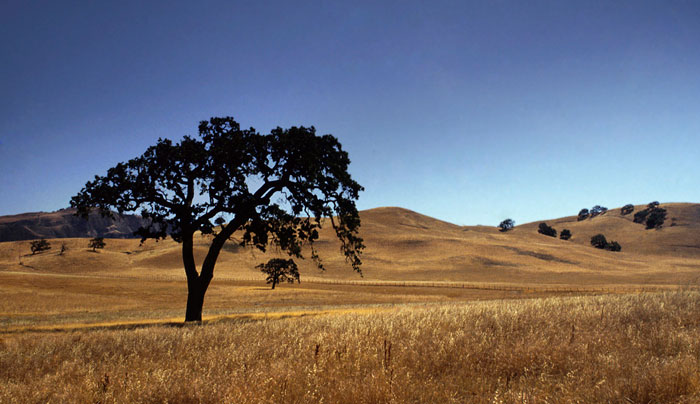
Central Coastal Range, California
4. Once you decide on the focal point of the image, look to see what else you are including in the shot. Utilize surrounding elements in the foreground, middle ground or background of the frame that will make the subject of your image become more important. This might mean including rocks, plants or shadows. Caution here! Remember, those elements are not the subject, but are there to support the subject, so don’t let them become distractions.
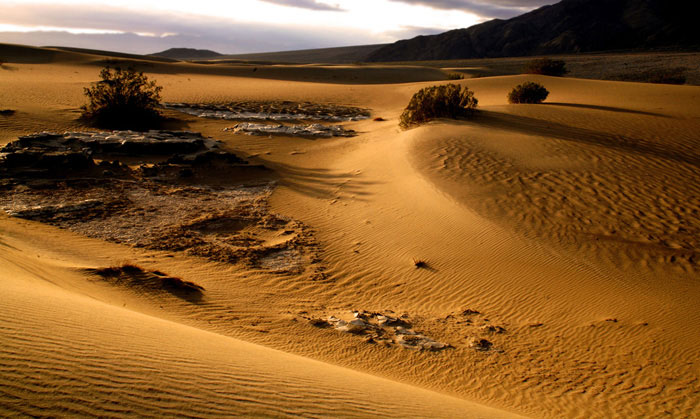
Death Valley, California
5. Watch your horizon lines. Unless you are purposely being creative, water doesn’t slant downhill and sloppy horizon lines can be distracting to viewer. Now, it’s true that this can be fixed in your post-production software program, but doing things right the first time, in the camera, is a good habit to practice.
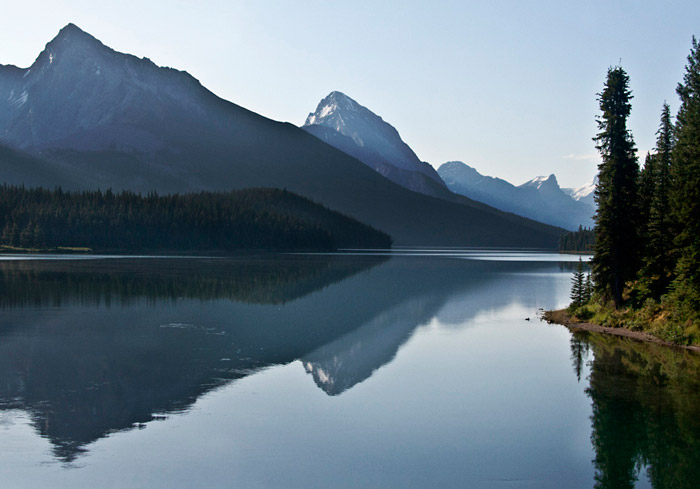
Maligne Lake, Alberta, Canada
6. Pay attention to your backgrounds. Showing too much of the backdrop or sky can overpower the image by taking the viewers eye away from the main subject. Perhaps let tree branches or other elements in the image block out something that isn’t of interest. If you are near water, look for reflections. Even a boring sky can look wonderful when reflected in water. And sometimes, you’ll want to include more of a beautiful scene or stunning sky to show the expanse of what others see.
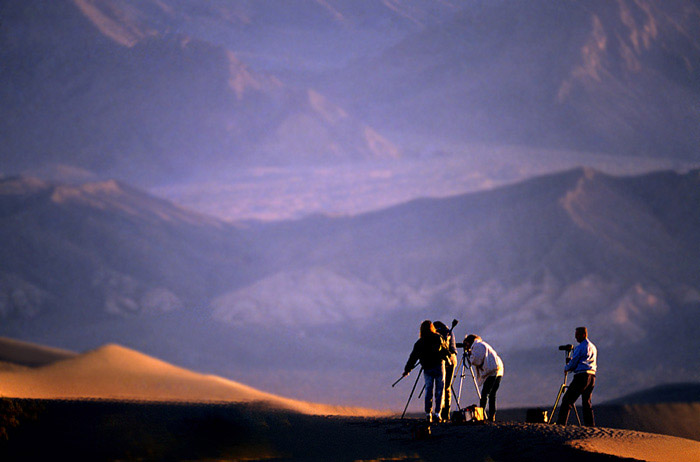
Sand dunes & Funeral Mountains, Death Valley, California
7. Use lines to draw your viewer’s attention to the subject of your image. The path in the woods, the footsteps in the sand or even a street or road can lead the eye into the image. Once you have drawn the viewer into the image, you have captured their interest.
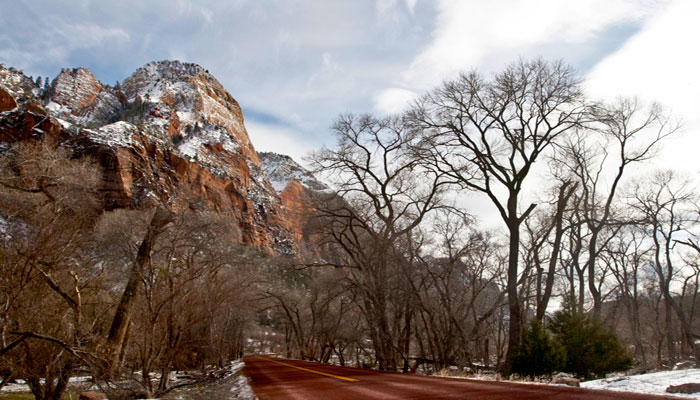
Zion National Park, Utah
8. Change your depth of field by changing your aperture setting. Broad landscapes are nicest by using a small (f16-f22) aperture, because they give the greatest depth of field. On the other hand, you can draw attention to the subject of your photo, such as an individual flower or bird, by using a large aperture (f4-f5.6) and getting a beautiful blur for a background. This highlights the subject and makes it more important.
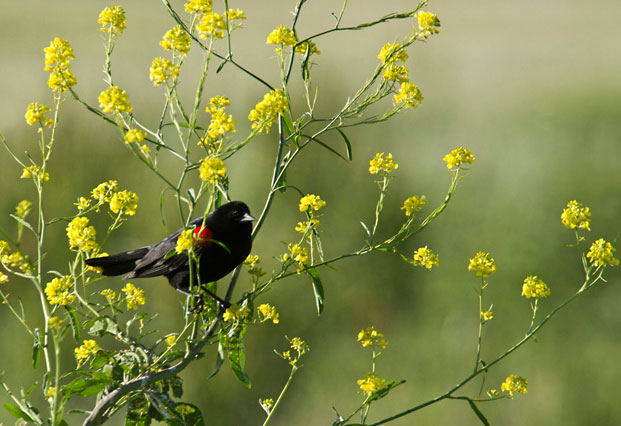
Red-winged blackbird, Sacramento National Wildlife Refuge, California
9. To show a sense of scale, include people in your landscape shots. Capturing a person in the distance within a large scene conveys a true perspective; small person/large scene. In addition, if they just happen to be wearing bright colors, such as red or yellow, they’ll add impact to the image.
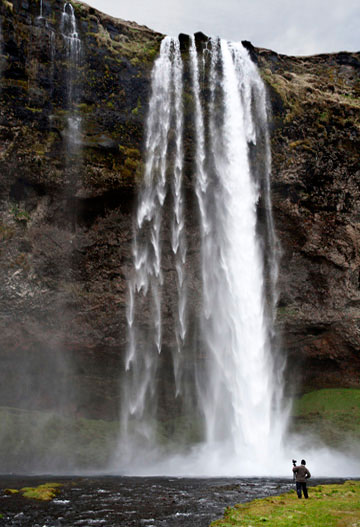
Seljalandsfoss, Iceland
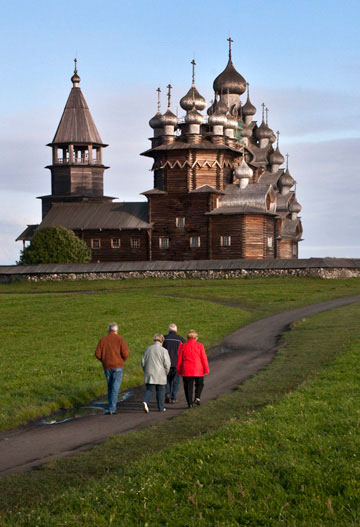
Church at Kizhi Island, Russia
10. Look more closely within the scene for the pieces and parts that might also make interesting images. Not everything has to be the large landscape.
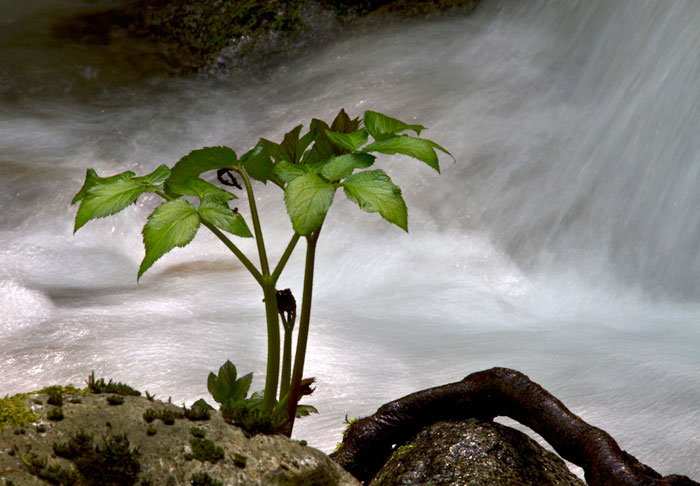
Mountain Stream near Redding, California
11. Watch for the action. It’s another way to bring your photographs to life. Even the wind blowing, a wave breaking, the rush of water in a stream or waterfall can make your photo exciting. Think about your shutter speed here. If you want to stop or freeze the action then use a fast shutter speed, such as 1/500 or 1/1000/sec. To let the movement flow, you’ll want to slow down your shutter speed.
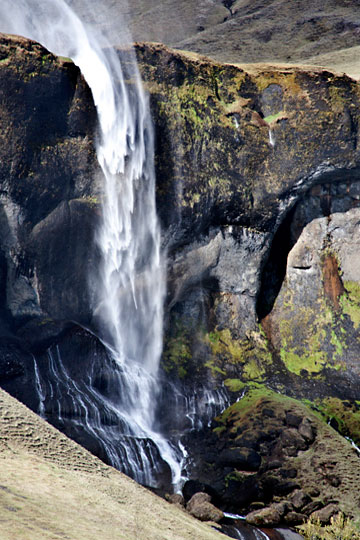
Waterfall, Southern Iceland
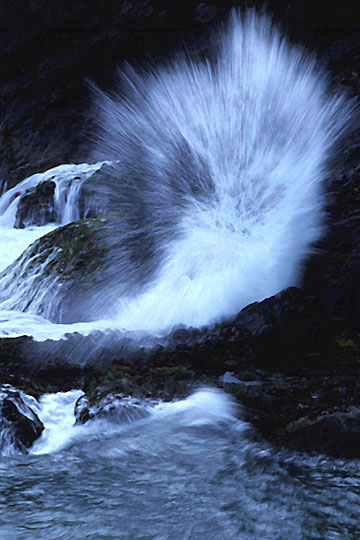
Oregon Coast, Oregon
12. For dramatic light, go out early, stay out late and watch for signs of the sun’s rays peaking through a cloudy or stormy sky. As the light changes, it can be magic. Be sure to use your tripod to capture the fabulous wash of colors over the sky and clouds. Remember, photography is painting with light, so always be looking for how the light paints your subject.
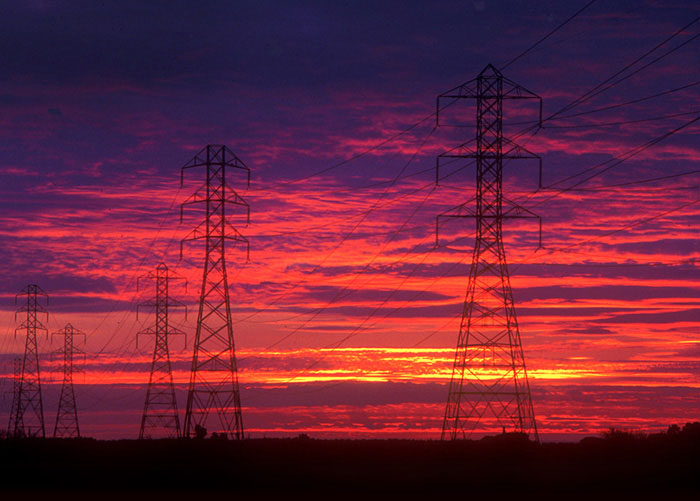
Electrical towers, Central Valley, California
Enjoy your time in the great outdoors. Bring back some wonderful memories and fabulous photographs.
by Noella Ballenger
All text and photos: © 2012 Noella Ballenger. All Rights Reserved.

Leave a Reply